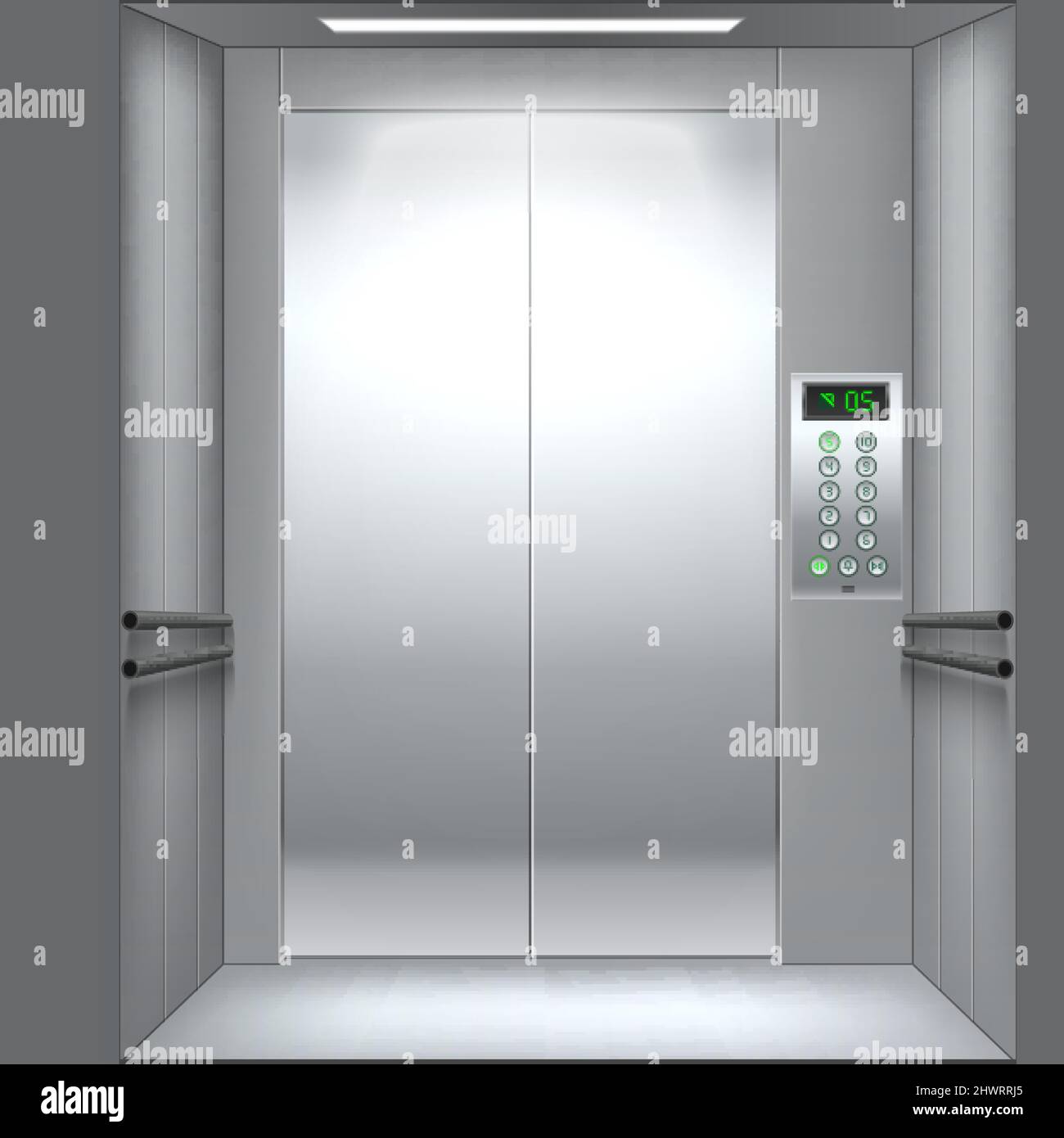Discover the most effective Disabled Platform Lifts Prices UK for Residential and Commercial Use
Discover the most effective Disabled Platform Lifts Prices UK for Residential and Commercial Use
Blog Article
Looking Into the World of Lifts: Typical Problems Faced by Numerous Lift Devices
As we browse through the upright transport systems of modern structures, lifts stand out as an essential component of our day-to-day lives. From hydraulic elevators to grip systems and machine-room-less designs, each lift kind comes with its set of typical problems.
Hydraulic Lifts
Hydraulic lifts, typically chosen for low-rise buildings, make use of fluid pressure to manage the movement of the lift car (lift repair companies). This mechanism involves a hydraulic pump pushing oil into a cyndrical tube, creating the lift to move in the preferred direction. While hydraulic elevators are recognized for their smooth and quiet procedure, they do feature their own set of usual problems
One prevalent issue with hydraulic lifts is oil leak. Additionally, problems with the control system, such as defective shutoffs or a malfunctioning pump, can cause disruptions in the lift's activity.
Routine upkeep and timely repairs are necessary to ensure the smooth performance of hydraulic lifts. By resolving these usual concerns proactively, structure owners can decrease downtime and guarantee the safety and security and effectiveness of their upright transport system.
Grip Elevators
When thinking about upright transport systems in structures, an additional usual type besides hydraulic elevators is the traction elevator. Grip elevators run using a system of ropes and weights that move the elevator cars and truck by clutching onto the hoist ropes. This device permits smoother and quicker vertical transportation contrasted to hydraulic systems.
One of the common issues faced by traction elevators is rope wear. The consistent activity of the ropes within the traction system can bring about wear and tear in time, possibly creating the elevator to malfunction or become hazardous for usage. Regular inspections and upkeep of the ropes are necessary to ensure the lift's proper functioning and security.
One more issue that grip elevators may encounter is connected to the control system. Issues with the control system can bring about issues such as irregular motion, hold-ups in response times, or even total closures. Routine screening and upkeep of the control system are crucial to stop such issues and make certain the lift's dependability.
Machine-Room-Less (MRL) Elevators

One of the crucial components of MRL elevators is the portable gearless traction equipment that is installed within the hoistway. This device efficiently drives the lift automobile without the requirement for cumbersome devices located in typical grip lifts. Furthermore, MRL elevators commonly utilize a weight system to balance the cars useful content and truck, more improving their energy effectiveness.
Despite their advantages, MRL elevators may face obstacles connected to upkeep and repair due to the constrained area for tools installation. Access for servicing parts within the shaft can be restricted, requiring specialized training for professionals. Appropriate maintenance timetables and regular evaluations are crucial to make certain the ongoing smooth procedure of MRL elevators.
Overloading and Weight Limit Issues
Are elevators equipped to handle excess weight tons successfully and securely? Overloading and weight limitation issues are vital concerns in elevator operations. Elevator suppliers design lifts with details weight capabilities to make certain passenger safety and security and equipment durability. Going beyond these weight restrictions like this can result in different troubles, including mechanical failings, delays, and safety dangers.
When lifts are strained, it places too much stress on the motor, wires, and various other elements, potentially triggering malfunctions or breakdowns. If they find excess weight, safety and security systems such as sensing units and overload sensing units are in area to protect against lifts from relocating. Furthermore, going beyond weight limitations can cause boosted energy consumption and damage on the lift system.
To mitigate straining problems, developing managers should plainly display weight restrictions in elevators and educate owners on the relevance of sticking to these constraints - lift repair companies. Regular upkeep checks by qualified technicians can likewise help make sure that elevators are operating within risk-free weight criteria. By resolving overloading and weight limitation issues proactively, structure proprietors can enhance elevator security and performance
Electrical System Failings
Exceeding weight limits in elevators can not only result in mechanical concerns yet also possibly add to electrical system failings within the lift facilities. Electrical system failings are a crucial issue in elevator operation, as they can trigger unforeseen closures, breakdowns, and even safety and security dangers. One typical electrical issue is the overheating of parts as a result of extreme existing flow brought on by overloading the lift past its capacity. This can result in damage to the wiring, control, or motor systems, resulting in pricey repair services and downtime.
In addition, power surges or variations in the electrical supply can additionally interfere with the elevator's operation, influencing its efficiency and safety. These electric disturbances can damage delicate lift components such as control panels, circuit card, or sensors, resulting in system failures. Normal upkeep and examinations are crucial to identify and deal with possible electrical issues promptly, making sure the reliable and safe procedure of elevator systems. By adhering to weight limitations and carrying out routine electrical system checks, building proprietors can mitigate the risk of electric failings in lifts.
Final Thought

Hydraulic elevators, commonly preferred for low-rise buildings, use fluid pressure to regulate the motion of the lift auto.When thinking about vertical transportation systems in buildings, an additional common kind apart from hydraulic elevators is the grip elevator. Grip lifts run using a system of ropes and counterweights that move the lift automobile by grasping onto the hoist ropes. Unlike conventional elevators that call for a separate device room to house the equipment, MRL lifts integrate many of the components within the shaft, removing the requirement for a specialized maker space.In final thought, lifts face common issues such as hydraulic malfunctions, traction system failings, and electrical system troubles.
Report this page